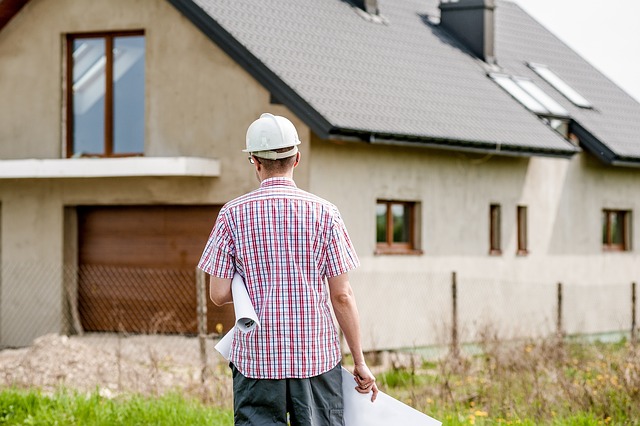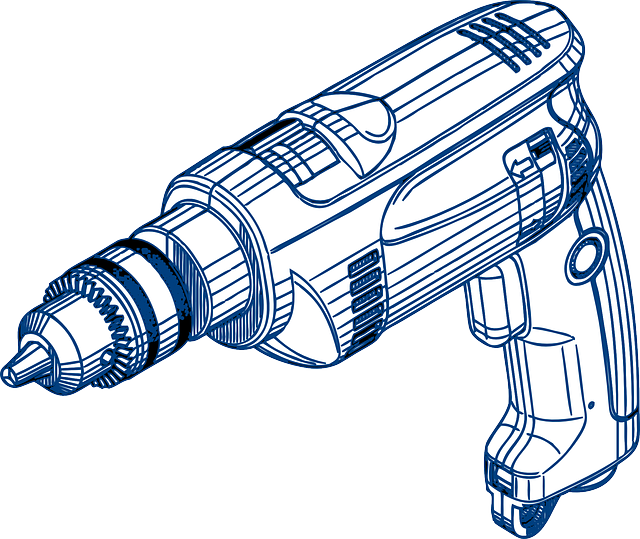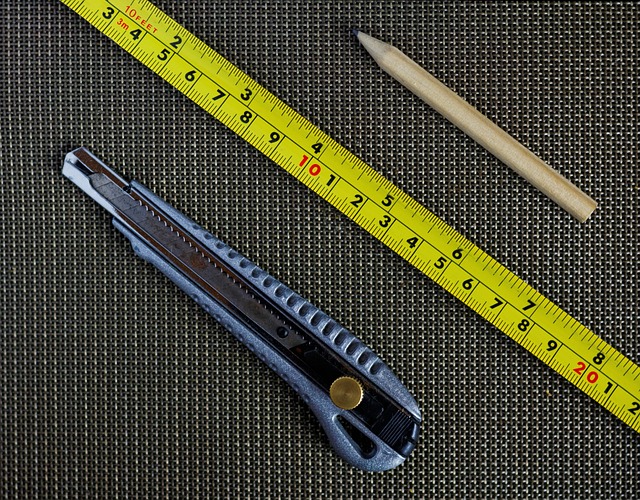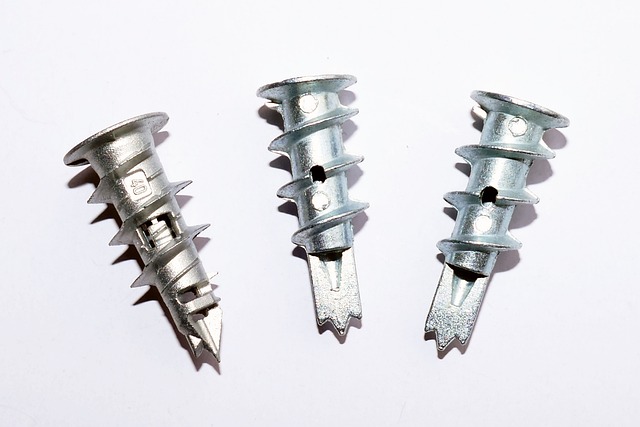Maintaining window and door performance through regular checks and timely repairs is crucial for optimizing home energy efficiency and reducing utility bills. This involves inspecting for signs of deterioration like foggy glass, condensation between panes, drafts, or operational difficulties, which can lead to significant heat loss or gain. Addressing these issues promptly—whether through resealing, replacing seals, adding weather stripping, or upgrading to energy-efficient windows and doors—can markedly improve thermal performance and conserve energy. Homeowners should also consider integrating advanced glazing technologies such as double or triple-pane windows with gas fills and low-E coatings for enhanced insulation and temperature control. The emergence of smart windows with thermochromic or electrochromic glass further advances home efficiency by dynamically adjusting to sunlight, thus managing solar heat gain and glare while preserving natural light. These strategic enhancements within home repair and maintenance contribute to a more comfortable living environment, lower energy consumption, and a reduced carbon footprint, aligning with the goals of sustainability and cost-effectiveness in home management.
Homeowners seeking to enhance their living spaces can significantly improve energy efficiency by focusing on window and door repairs. This article delves into essential strategies for optimizing these points of entry, ensuring they serve as effective barriers against energy loss. From evaluating window performance to understanding the benefits of various insulating materials, and the importance of weather stripping and modern glazing technologies, readers will gain insights into maintaining a thermally efficient home environment. Regular maintenance is key, as it can prevent minor issues from escalating and impacting your home’s energy efficiency. By exploring each of these areas in depth, we aim to provide a comprehensive guide to achieving better energy performance through targeted repairs and updates.
- Assessing Window Performance: Identifying Energy Inefficiencies
- The Role of Weather Stripping and Sealing in Door Efficiency
- Insulating Your Windows: Material Options for Enhanced Energy Savings
- Effective Door Repair Techniques to Improve Thermal Barrier
- Utilizing Modern Glazing Technologies for Energy-Efficient Windows
- The Importance of Regular Maintenance for Doors and Windows in Energy Efficiency
Assessing Window Performance: Identifying Energy Inefficiencies

Regular assessments of window performance are critical for maintaining energy efficiency in a home, which can significantly impact overall energy consumption and utility costs. Homeowners should inspect their windows periodically to identify potential inefficiencies that could be letting conditioned air escape or allowing external temperatures to penetrate interior spaces. Signs of deterioration such as foggy glass, visible condensation between panes, drafts, and difficulty in operation are indicators of compromised window seals or poor insulation. These issues can be addressed through various repair methods, including resealing, replacing faulty seals, adding weather stripping, or upgrading to more energy-efficient window models. By addressing these inefficiencies promptly, homeowners can enhance the thermal performance of their windows and reduce their carbon footprint. Proper maintenance and repairs under the umbrella of home repair and maintenance practices not only extend the lifespan of windows but also contribute to a more comfortable living environment and lower energy bills. It is through consistent monitoring and timely interventions that a home’s energy efficiency can be optimized, ensuring that heating and cooling systems do not work harder than necessary.
The Role of Weather Stripping and Sealing in Door Efficiency

Insulating Your Windows: Material Options for Enhanced Energy Savings

Effective Door Repair Techniques to Improve Thermal Barrier

Regular maintenance and effective repair techniques play a pivotal role in enhancing the thermal barrier of your doors, thereby contributing to better energy efficiency in your home. To maintain the integrity of your door’s seal, start by inspecting weather stripping and threshold seals for any signs of wear or damage. Replace damaged seals with high-density foam or vinyl varieties that offer a tight fit and superior insulation properties. Additionally, consider upgrading to energy-efficient door sweeps that prevent cold drafts or hot air from infiltrating your home.
For doors that exhibit persistent air leaks, a more thorough repair may be necessary. This can involve removing the door and carefully inspecting the frame for structural integrity. Repair any rot or decay with wood hardener and epoxy filler, followed by sanding and applying paint or a protective finish. Reinstall the door, ensuring it is aligned properly within the frame. If the door itself is warped or damaged, consider replacing it with one that meets modern energy efficiency standards. By implementing these home repair and maintenance practices, you can significantly reduce thermal transfer through your doors, leading to a more comfortable living environment and lower energy bills.
Utilizing Modern Glazing Technologies for Energy-Efficient Windows

In the realm of home repair and maintenance, upgrading to modern glazing technologies represents a significant stride toward achieving better energy efficiency in windows. These advancements in glass design and treatment, such as double or triple-pane options, serve as barriers against thermal transfer, effectively reducing heat loss during winter months and minimizing heat gain during the summer. The gas fills—like argon or krypton—between panes further enhance this performance by creating a more effective insulating barrier, which is crucial for maintaining a comfortable indoor temperature while lowering energy consumption. These modern glazing solutions also often incorporate low-emissivity (low-E) coatings that reflect infrared light while allowing visible light to pass through, thereby reducing the solar heat gain and providing better thermal control. As homeowners seek to reduce their carbon footprint and manage utility costs, incorporating these energy-efficient window features is a prudent step within the domain of home repair and maintenance.
Furthermore, the integration of smart window technologies, such as thermochromic or electrochromic glass, allows windows to adapt to varying environmental conditions. These smart solutions can tint dynamically in response to sunlight intensity, significantly reducing solar heat gain and glare while preserving natural light. The ability to adjust to external factors means that homes equipped with these technologies can experience enhanced comfort levels and energy savings. As such, the investment in modern glazing for window repairs is not just a maintenance effort but a strategic upgrade that aligns with global sustainability goals and contributes to creating more energy-efficient living spaces.
The Importance of Regular Maintenance for Doors and Windows in Energy Efficiency

